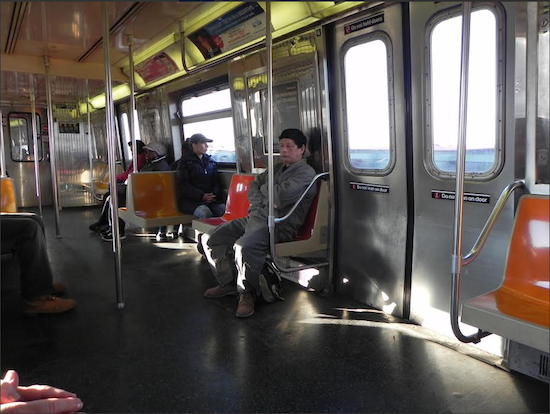D stands for ‘Dirtiest’ train
Survey finds subway line has the most ‘shmutz’

The D train was the big winner, or loser, depending on which way you want to look at it, of the Straphangers Campaign’s survey of the dirtiest subway trains.
The worst performing line in the group’s most recent “subway shmutz” survey, which covered 2013, was the D, according to the survey results released on March 19. The D, which runs from Stillwell Avenue in Coney Island to 205th Street in the Bronx, had the smallest number of clean cars at 17 percent in this survey, down from 49 percent back in 2011.
Shmutz is a Yiddish word meaning bespattered or soiled.

Coney Island
View MoreIn just a little over an hour, you can be transported from the glitz and glamor of Manhattan to the old-school amusement of Brooklyn's storied Coney Island. The destination offers thrills, sun, surf and a unique brand of entertainment that will feel worlds away from the rest of the City.